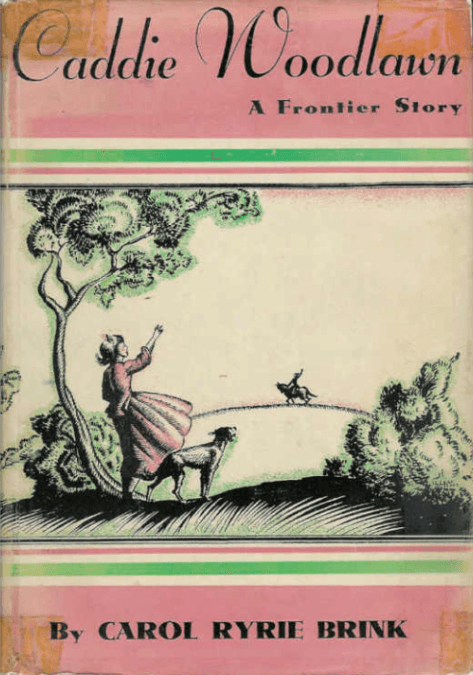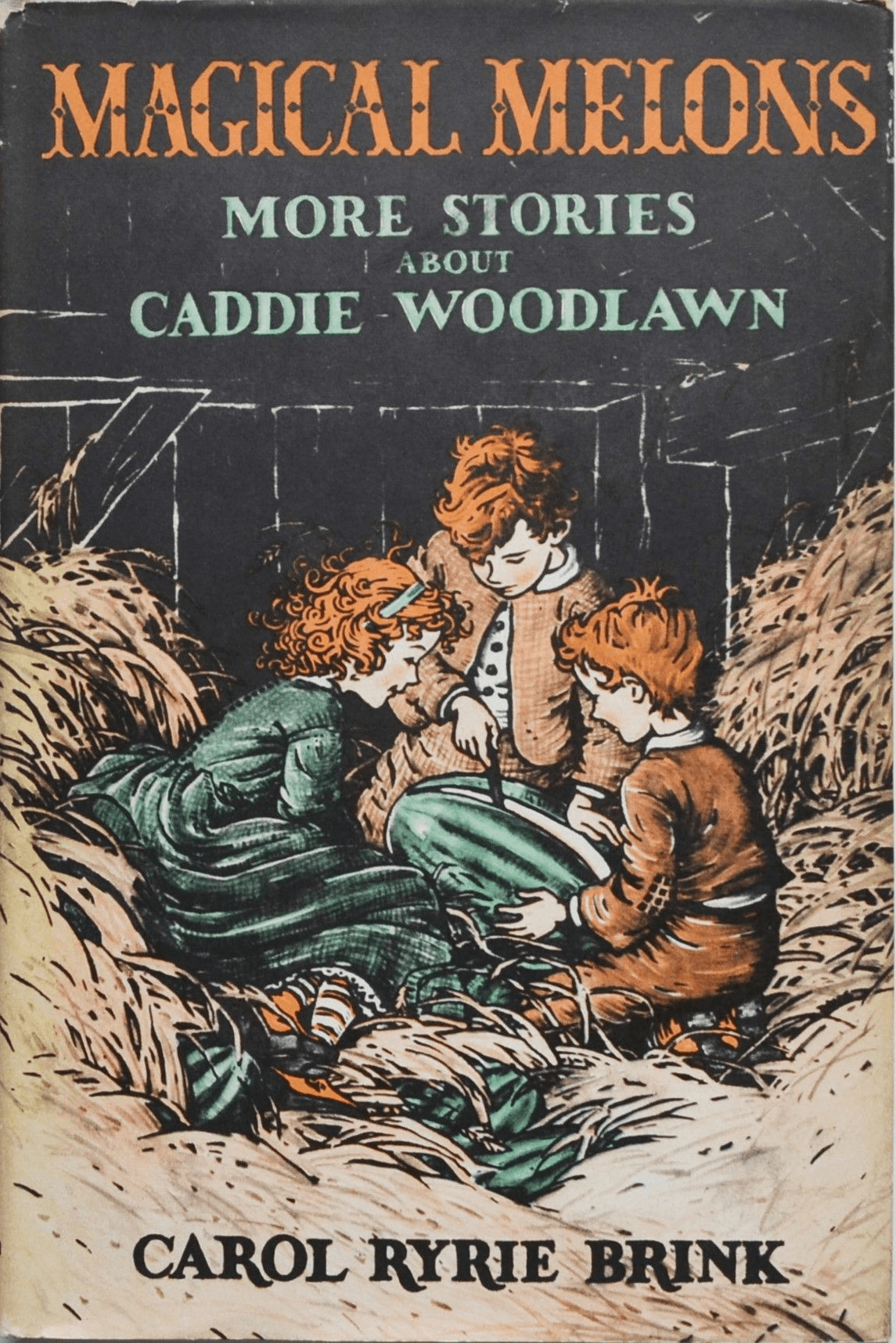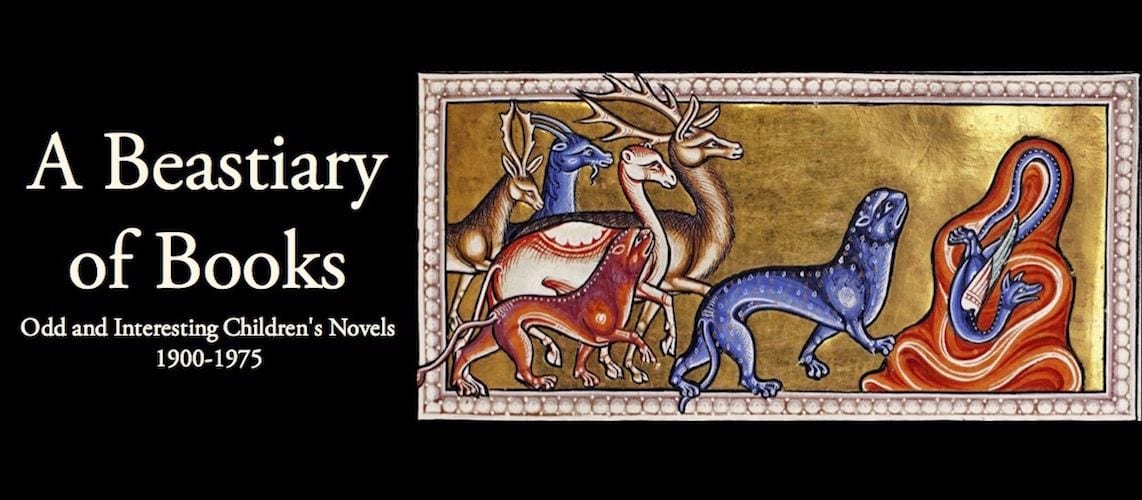
 Just as Wilder must have noticed Jumping Off Place, Carol Ryrie Brink must have noticed Little House in the Big Woods: her own grandmother, Caroline Woodhouse, was just 14 years older than Laura Ingalls, and grew up about 15 miles away from her on a farm in Wisconsin. In 1935, three years after Big Woods, Brink published Caddie Woodlawn, based on family stories told by her grandmother.
Just as Wilder must have noticed Jumping Off Place, Carol Ryrie Brink must have noticed Little House in the Big Woods: her own grandmother, Caroline Woodhouse, was just 14 years older than Laura Ingalls, and grew up about 15 miles away from her on a farm in Wisconsin. In 1935, three years after Big Woods, Brink published Caddie Woodlawn, based on family stories told by her grandmother.
Unlike Charles Ingalls, who mostly scraped out a living as a fur-trapper or subsistence farmer, Mr. Woodhouse was a craftsman with enough education and wealth to run a productive farm with hired hands while managing a saw-mill in the nearby town of Eau Galle. It was the saw-mill job that had brought them out from Boston, and the even closer town of Dunnville was a thriving county seat. Mrs. Woodhouse was from a prominent Boston family, and tried to instill at least a bit of society polish in her children. So the experience of the Woodlawn/Woodhouse children was very different from that of the Ingalls children. Their circumstances, though rough from their mother’s point of view, were quite stable. The worst that befell them was having to eat turkey all winter one year when their mother’s flock failed to sell.
Caddie was the third child in a brood of (at that point) seven, and a tomboy who bonded with her brothers rather than her sisters. She and her two nearest-age siblings Tom and Warren form a natural trio of rogues, both on the farm and in the wilderness beyond; but there are also many stories that focus on other relationships, such as Caddie learning clock-repair from her father, Warren sneaking out and shooting a rabbit for the new preacher’ supper, or younger sister Hettie discovering the charms of an elderly neighbor that her siblings have scorned. Because these were the stories that were remembered and re-told over the years, they are almost by definition fun and interesting.
Caddie Woodlawn ends on a note familiar from Jumping Off Place and the Little House books, propagating the mythos that pushing westward was a spiritual neccessity for the white American soul. It’s almost as if this had become obligatory for the genre. In addition, Brink’s portrayal of Native Americans is deeply problematic, particularly in the first book.
A group of Native Americans lived near the white settlement, and Caddie and her family were on friendly terms with them. (It’s difficult to know which tribe, since in addition to the peoples with traditional lands there, groups from the east had been pushed into Wisconsin even before the white settlers arrived.) When a rumor goes around the white settlement that the Native Americans are planning a massacre, Caddie’s father urges calm and talks the settlers down from a pre-emptive strike. Caddie is particular friends with one man, who the settlers know as “Indian John,” and he frequently gives her small gifts and even leaves his dog with her when it’s hurt and can’t travel.
So far so good. But the portrayal of the Native Americans themselves is absurdly cartoonish; it clearly owes more to Brink’s (and possibly Woodhouse’s) stereotypes than to actual events 70 years earlier. It is the broad-brush portrait of the noble savage: silent, unsmiling, simple-minded, remote, barely understanding English, bewildered by the encroaching white culture.
In point of fact, the Native Americans of Wisconsin were part of the Western Confederacy, formed shortly after the Revolutionary War to push back against the U.S. government. Around the time of Caddie’s story, the Pottowatomie Nation of Wisconsin sent a delegation to Washington D.C. to try to get Congress to honor its agreements. Their erudite written appeal can be read here.
Caddie Woodlawn requires heavy editing with a younger child, and substantial discussion with an older one.
